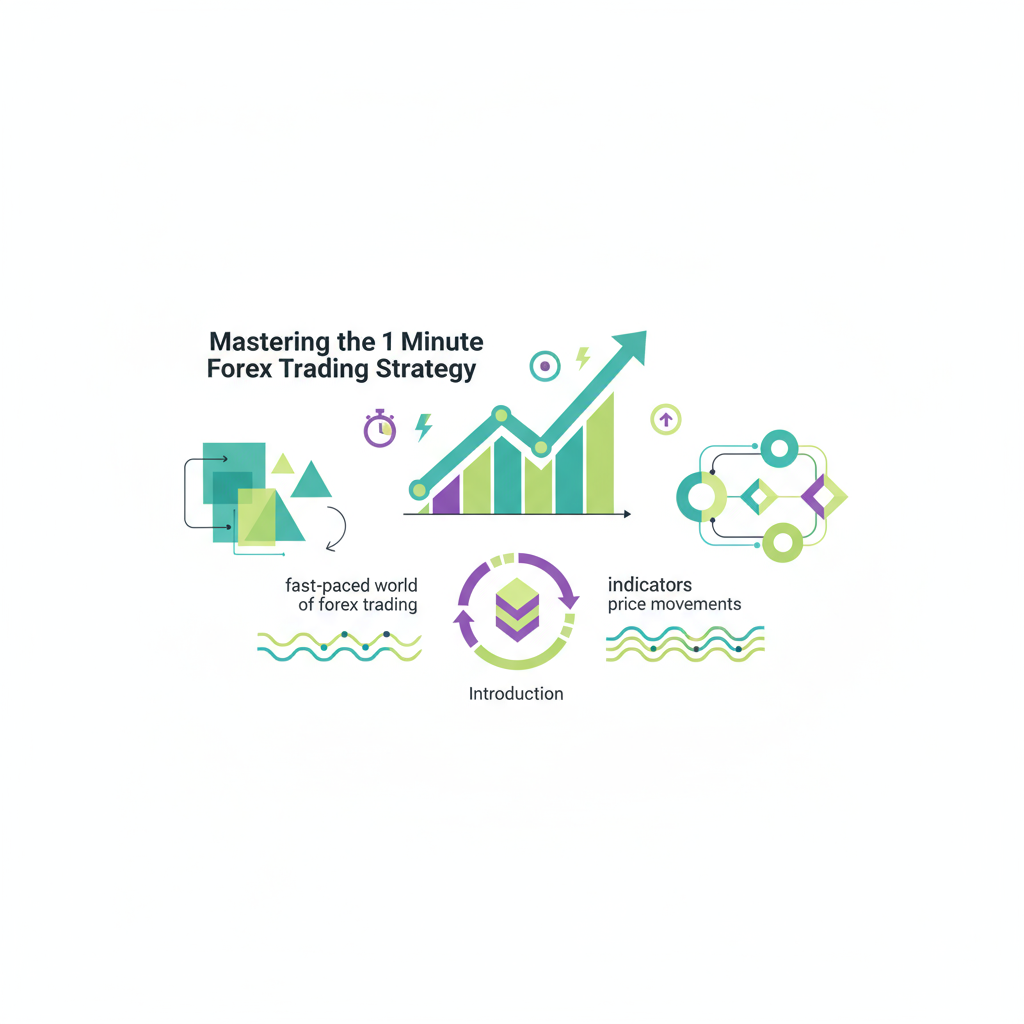Mastering the Trendline Scalping Strategy for Forex Profits

Are you ready to level up your forex trading and potentially boost your profits? The trendline scalping strategy might be exactly what you need. It’s a powerful technique used by traders with regulated forex brokers that merges the clarity of trendlines with the fast-paced nature of scalping.
Trendline scalping is a forex method that uses trendlines to spot short-term trading opportunities. This approach allows you to enter and exit positions rapidly, aiming for small but frequent gains. This guide will walk you through everything you need to know about trendline scalping, from its benefits to its execution.
Whether you’re new to the markets or a seasoned pro, mastering this strategy can help you identify high-probability trades, manage risk, and find greater success in the fast-moving forex market.
What is Trendline Scalping?
This strategy is a fusion of two core trading concepts: trendlines and scalping. Let’s break them down.
- Trendlines: These are simple, straight lines drawn on a price chart. They connect a series of price highs or lows to help you visualize the direction and strength of a market trend.
- Scalping: This trading style focuses on making profits from very small price movements. Scalpers enter and exit trades very quickly, sometimes in a matter of minutes.
- Quick Profits: Scalping allows you to capitalize on minor price fluctuations, potentially adding up to significant gains over the day.
- Reduced Exposure: Since you’re only in the market for a short time, you minimize your risk from unexpected, adverse market events.
- More Opportunities: The high liquidity of the forex market means there are countless small movements to trade, creating numerous opportunities for scalpers.
- Clear Entry & Exit Points: Trendlines give you visually clear levels to enter or exit your trades.
- Highly Adaptable: You can apply this strategy to a wide range of currency pairs and different timeframes.
- Improved Focus: The fast pace of scalping demands your full attention, which can sharpen your focus during trading sessions.
- Lower Risk Per Trade: Since the goal is small gains, the amount of capital risked on each individual trade is typically smaller, aiding in better overall risk management.
- Connect a minimum of two swing highs or two swing lows.
- The line should not cut through the bodies of the candles.
- The more times the price touches the trendline, the stronger and more reliable it is.
- Consider using different colors for uptrends and downtrends to keep your charts clean and easy to read.
- The Bounce: Enter a trade in the direction of the trend when the price touches and bounces off the trendline.
- The Breakout: Enter a trade when the price breaks decisively through a trendline, which could signal a trend reversal.
- Double Bottom/Top: These patterns forming near a trendline can offer extra confirmation for your trade idea.
When you combine them, you get trendline scalping. You’ll use trendlines to pinpoint potential entry and exit points for these quick trades, looking for price to either bounce off or break through the trendline.
Why Try Trendline Scalping?
This strategy offers several compelling advantages for traders:

The Keys to Successful Trendline Scalping
To succeed with this strategy, you need to master a few key components.
1. Choose the Right Timeframe
For trendline scalping, shorter timeframes are your best friend. Most traders stick to the 1-minute, 5-minute, or 15-minute charts. These charts help you quickly spot trends and find entry points. It’s vital to experiment and find the timeframe that best fits your personal trading style.
2. Draw Accurate Trendlines
Your success hinges on drawing your trendlines correctly. Keep these rules in mind:
3. Identify High-Probability Trade Setups
Look for these common setups to find trading opportunities:
4. Set Your Stop-Loss and Take-Profit Orders
Solid risk management is non-negotiable in scalping. Always set a tight stop-loss order just on the other side of the trendline. Your take-profit levels should be predetermined based on a healthy risk-reward ratio. You might also use a trailing stop to lock in profits if the price moves strongly in your favor.
How to Implement the Trendline Scalping Strategy: A Step-by-Step Guide
Step 1: Market Analysis
Start with the big picture. Check a higher timeframe to understand the dominant, long-term trend and identify major support and resistance zones. This helps ensure your scalp trades are aligned with the broader market momentum.
Step 2: Draw Your Trendlines
Switch to your chosen scalping timeframe (e.g., 5-minute) and draw your trendlines. Connect recent swing lows in an uptrend or recent swing highs in a downtrend. Remember to adjust your trendlines as new price action unfolds.
Step 3: Wait for Confirmation
Don’t jump in just because the price touches a trendline. Wait for confirmation that the line will hold. This confirmation can come from a bullish or bearish candlestick pattern or an indicator like the RSI or MACD showing momentum.
Step 4: Enter the Trade
Once you have confirmation, it’s time to act. For a bullish trend, enter a long (buy) position when the price bounces off the trendline. For a bearish trend, enter a short (sell) position on a bounce. Use market orders for quick execution, but be aware of potential slippage, especially during volatile periods.
By following these steps and committing to disciplined practice, you can effectively use the trendline scalping strategy. This powerful method can help you navigate the forex market with more confidence and potentially enhance your trading results.

















